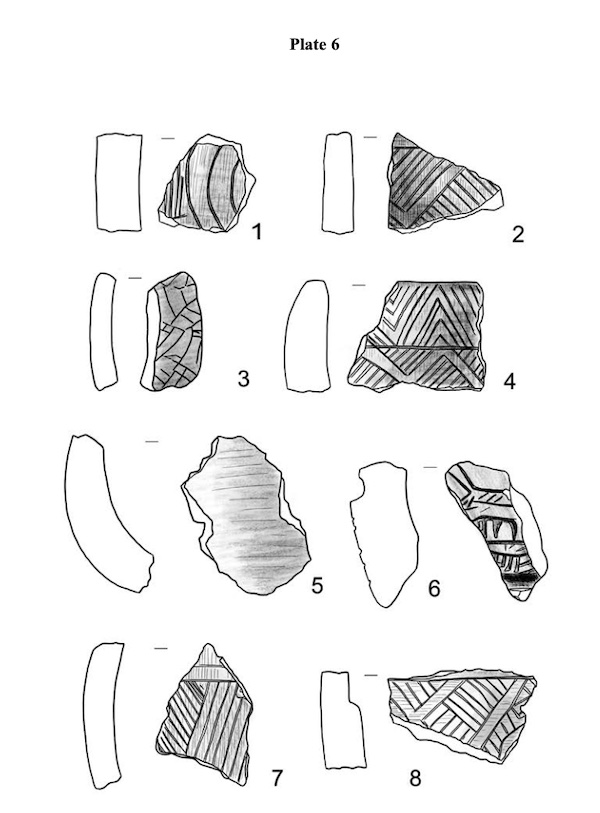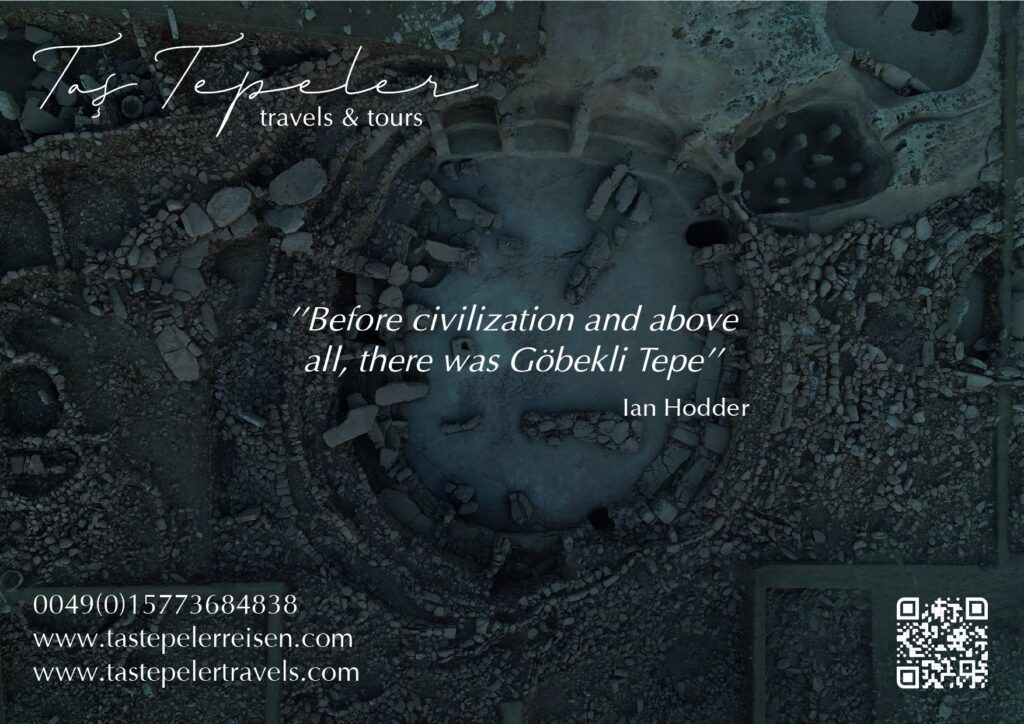
We have demonstrated that all of the fine stone vessels at Göbekli Tepe are highly fragmented and that those fragments were possibly kept to be reworked into beads or other implements. There are only two exceptions to this rule: vessel fragments too large and retaining too much of the original vessel´s curvature to be used as raw material (Nr. 8 and Nr. 9). But in general, it should be kept in mind that by analyzing the spatial distribution of vessel fragments at Göbekli Tepe, we are most likely not tracing the actual use of vessels at the site, but in fact the distribution of raw material meant for reuse. There is no clear evidence at the moment for such a reuse of fragmented vessels coming from Layer III contexts though, as the sherds from the monumental buildings’ fills do not show related traces. Stone vessels are an elusive find category at Göbekli Tepe. Only fragments remain, probably kept as raw material. This makes it impossible to estimate how many of these vessels may have been present at the site in total. Their reuse, however, underlines the importance of their raw material, and thus most likely also of the richly decorated vessels themselves, for the Neolithic people producing, using, and reusing them. Special raw materials and production effort make the polished stone vessels a costly and extraordinary find group among the PPN material culture. Their presence at Göbekli Tepe, where complete vessels are missing but fragments hint at a complex chaîne opératoire of recycling the (tangible and sentimentally valuable) raw material into personal items, widens our understanding of social activities taking place at the site.


